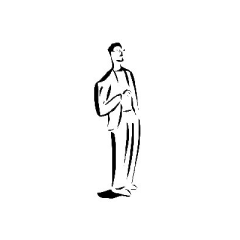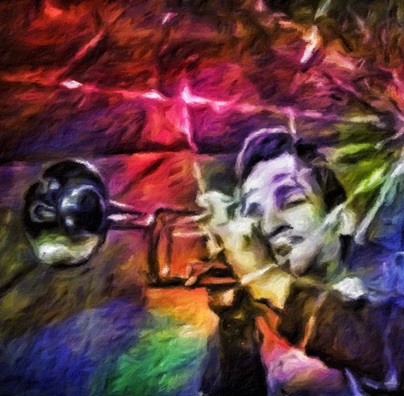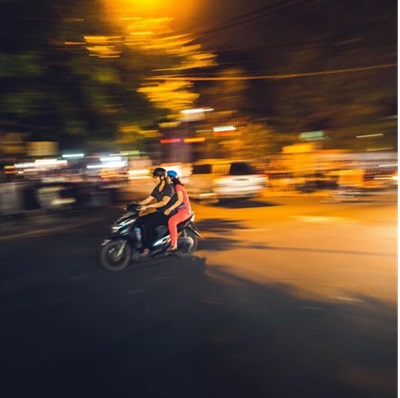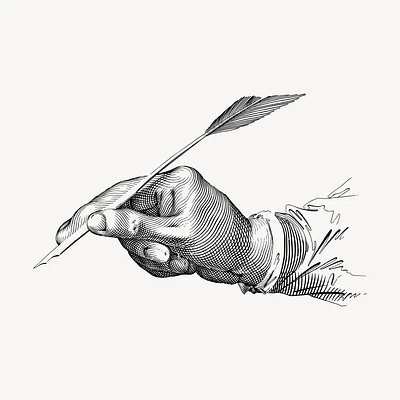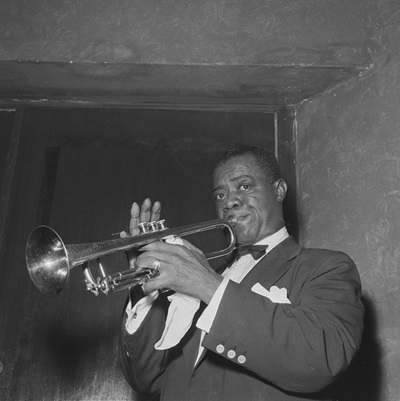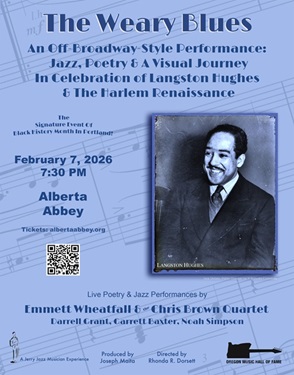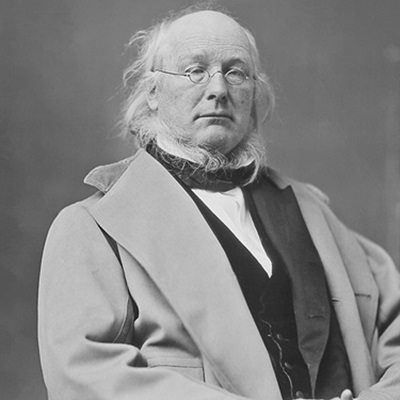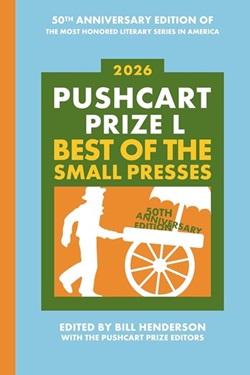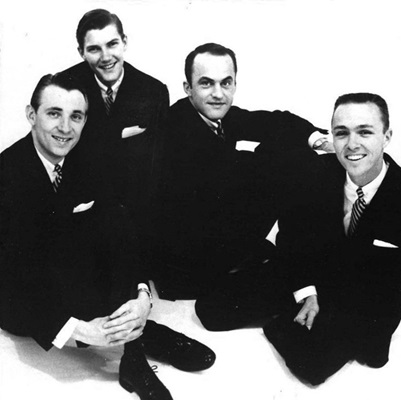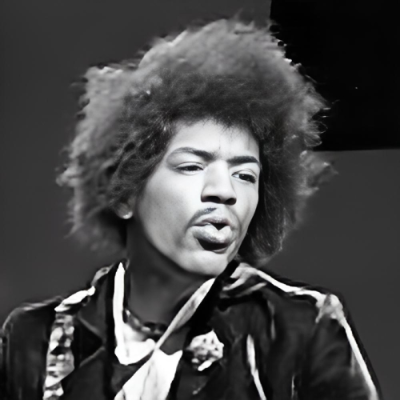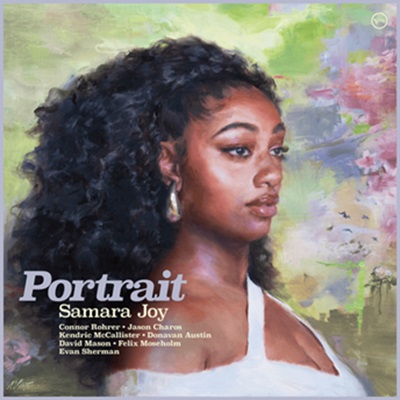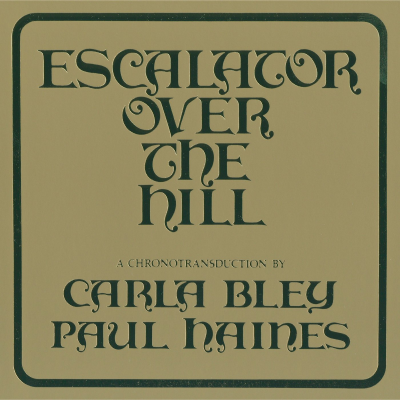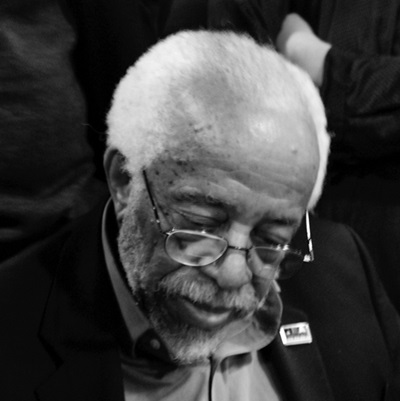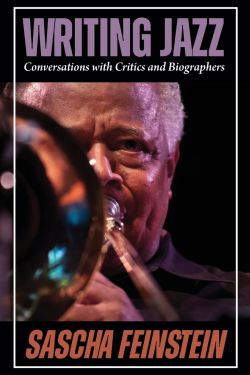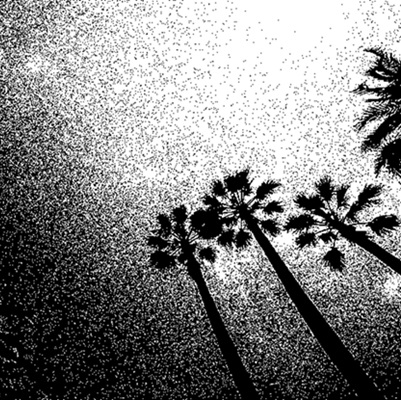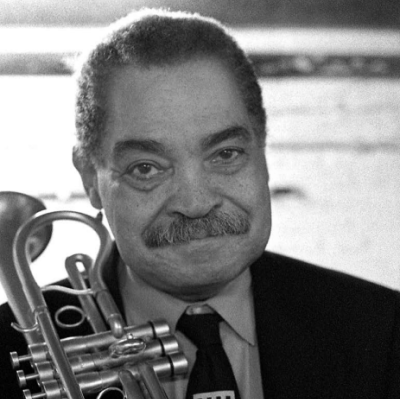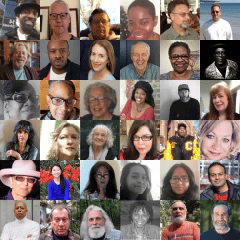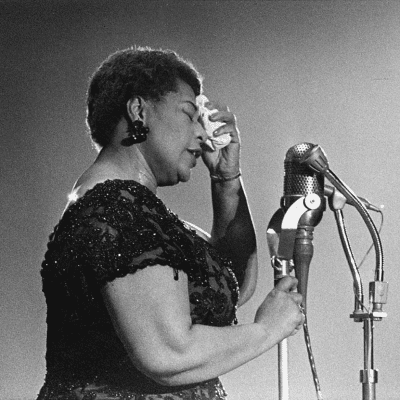Great Encounters
Book excerpts that chronicle famous encounters among twentieth-century cultural icons
*
When Chet Baker played with Stan Getz, 1953
Excerpted from
Deep in a Dream: The Long Night of Chet Baker
by
James Gavin
_______________
On August 12, the (Baker) quartet made its earliest known live appearance in a concert at LA’s Carlton Theater. But not everybody trusted Baker to stand on his own. With (Gerry) Mulligan in jail, John Bennett had paired Baker with Stan Getz, another baby-faced wunderkind whose feathery, cascading solos, even more detached than Baker’s, had made him a fellow prince of West Coast cool. Getz had won the 1952 tenor polls in Down Beat and Metronome by a landslide, while Baker still ranked low in the trumpet categories. The two addressed each other politely enough, but they loathed each other almost on sight, as their live duo recordings suggest: the counterpoint sounds like a traffic jam, with each man racing toward his next solo. At the Haig, Getz glared out with a sneer while Baker, typically, looked at the floor.
Some of the friction involved drugs. Despite his own experiments with heroin, Baker could still show a moralistic disdain for addicts, and he considered Getz a slob of a junkie. The saxophonist had visited Baker and (Russ) Freeman on Hollyridge Drive, and after bragging to the scuffling rommates about all the money he was making, Getz went to the bathroom and OD’d, as he would on several occasions. Baker and the pianist had to dump him in the bathtub and hold him under cold water to revive him.
In another story Baker liked telling, Getz came to a party thrown by the trumpeter at his subsequent home a year or so later. The sax player closed himself in the bathroom for almost an hour. Finally Baker and a friend forced the door open. There Getz lay in the corner, bright blue and not breathing, with a needle hanging out of his arm. They worked on him for over a half-hour, pressing cold rags to his neck and using artificial respiration. Finally Getz made a choking sound. Opening his eyes, he muttered angrily: “You guys messed up my high!”
In October 1953, when he opened a monthlong run with Getz at the Black Hawk, Baker’s own attraction to the drug seemed to be growing. To save money, he and Getz roomed together — an episode with disturbing results, according to Bill Loughborough. “Stan was always trying to get him to shoot up heroin,” he said. “Chet chippied some with him at that time. I always thought Stan was the main instrument in changing him from a viper to a junkie.”
The Black Hawk gig fell apart in two weeks, destroyed mainly by jealousy. (Dick) Bock had gathered eight Baker singles in the ten-inch album The Chet Baker Quartet, and Down Beat gave it a five star rave: “Our suspicions that the 23-year-old trumpet man from Yale, Okla., was a major star are confirmed by this LP, which is a gasser from start to finish. The lad had the style, the sound, the command of the horn To the names of Dizzy, Miles, Joe Newman, Shorty Rogers and Clark Terry must now be added an extra finger on the hand: Chet Baker has arrived.”
Baker became the star of that engagement, and as Carson Smith reported, “Stan couldn’t bear having the spotlight taken away from him.” At the close of the first week, Getz flew back to Los Angeles, then phoned the club’s owner, Guido Caccianti, claiming he had caught a virus. Baker stayed on until a few nights later, when he showed up late for work and found the band playing without him. He stormed off and sat in the corner, refusing to play. Finally Caccianti — “a little annoyed at modern music’s problem children,” as Down Beat said — fired the whole group.
_______________________
Deep in a Dream: The Long Night of Chet Baker
by
James Gavin
*
From Deep in a Dream: The Long Night of Chet Baker. Used by permission of James Gavin
__________________
You may enjoy reading the Jerry Jazz Musician interview with James Gavin




